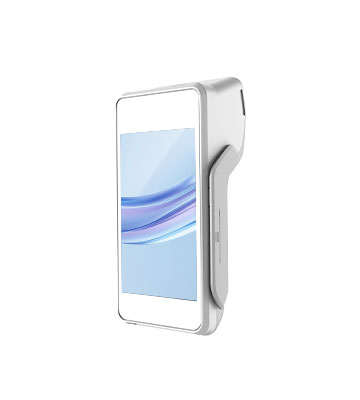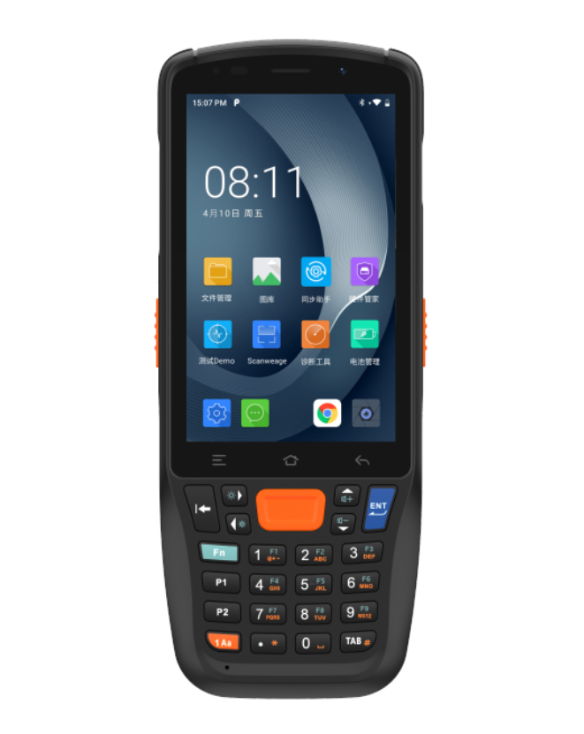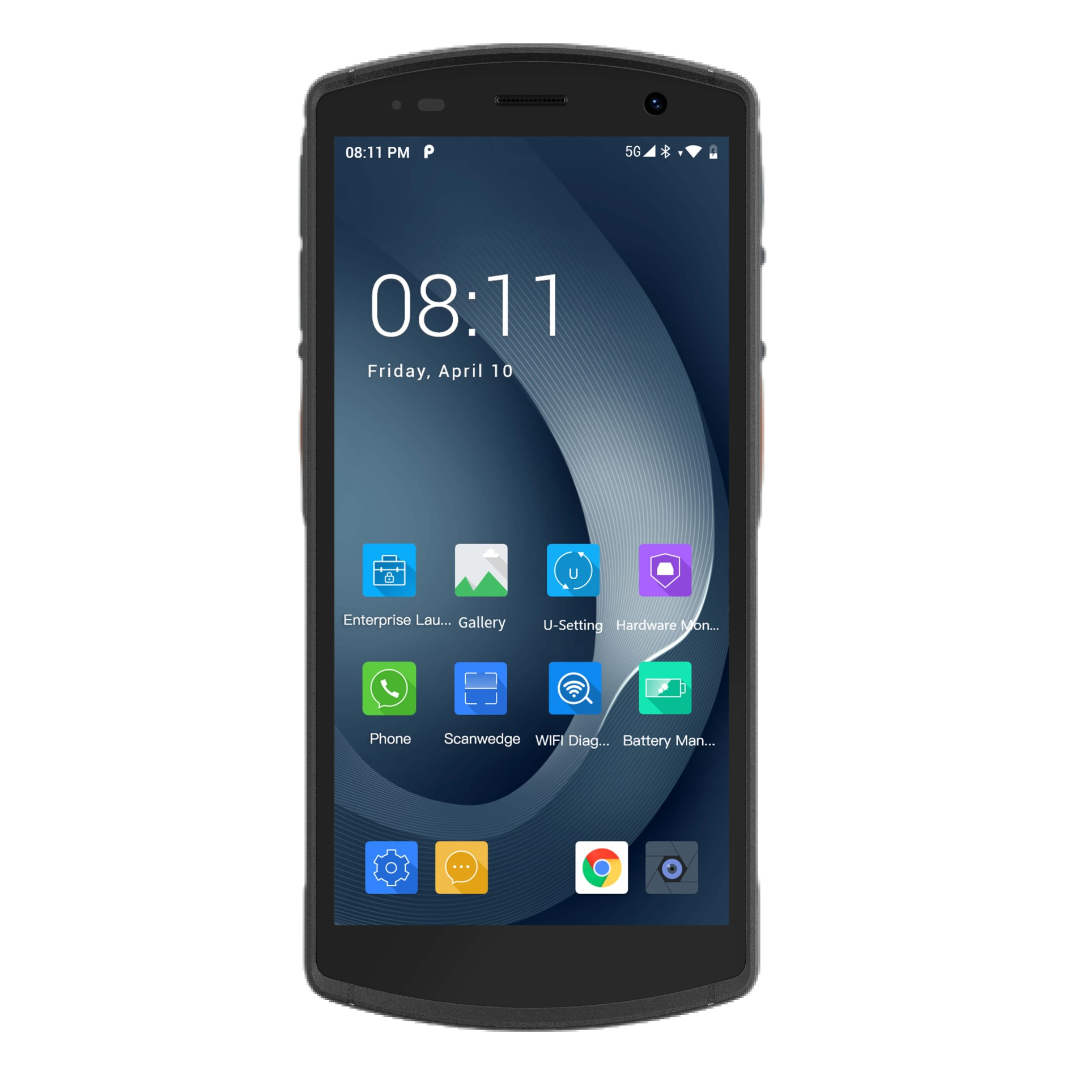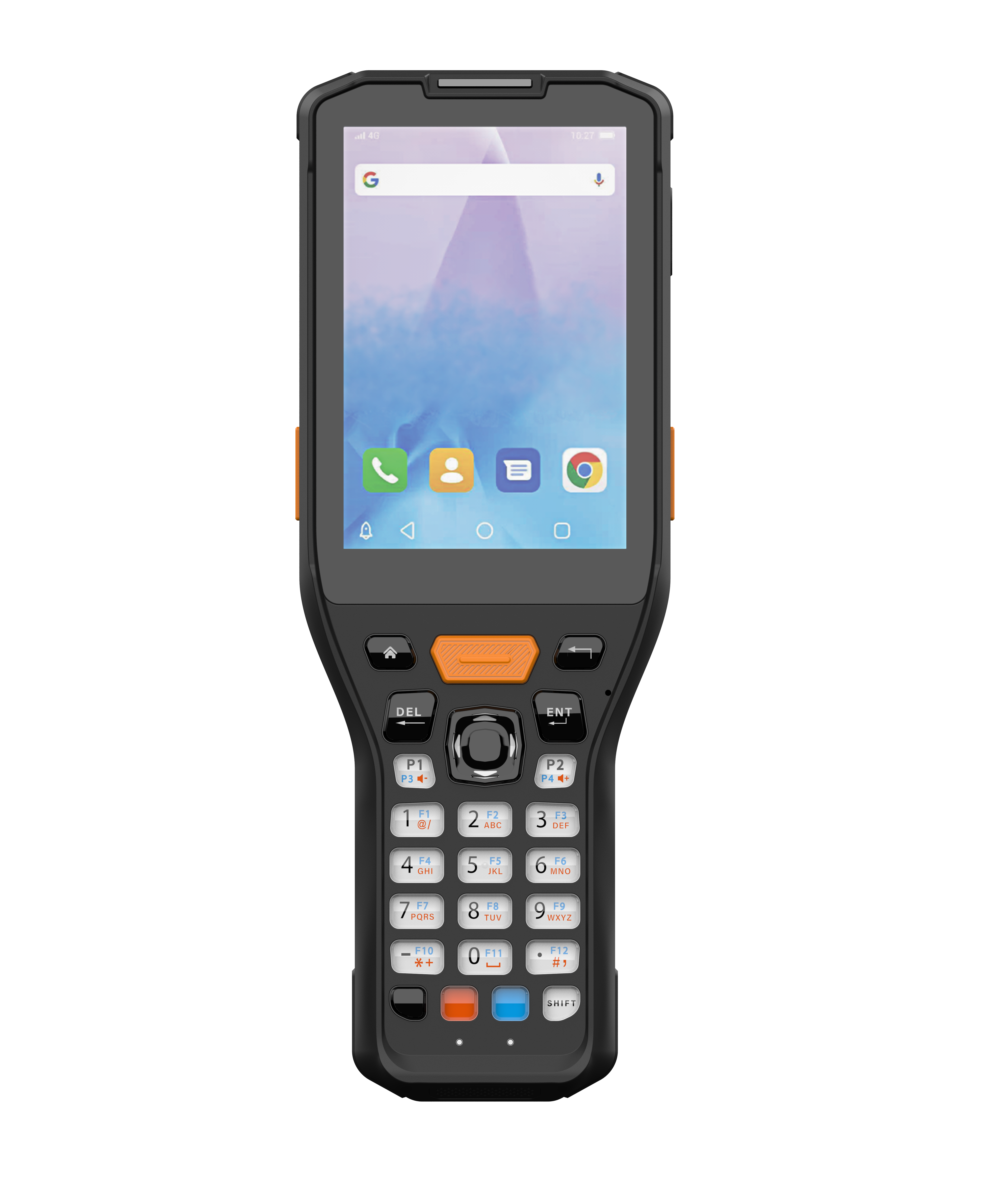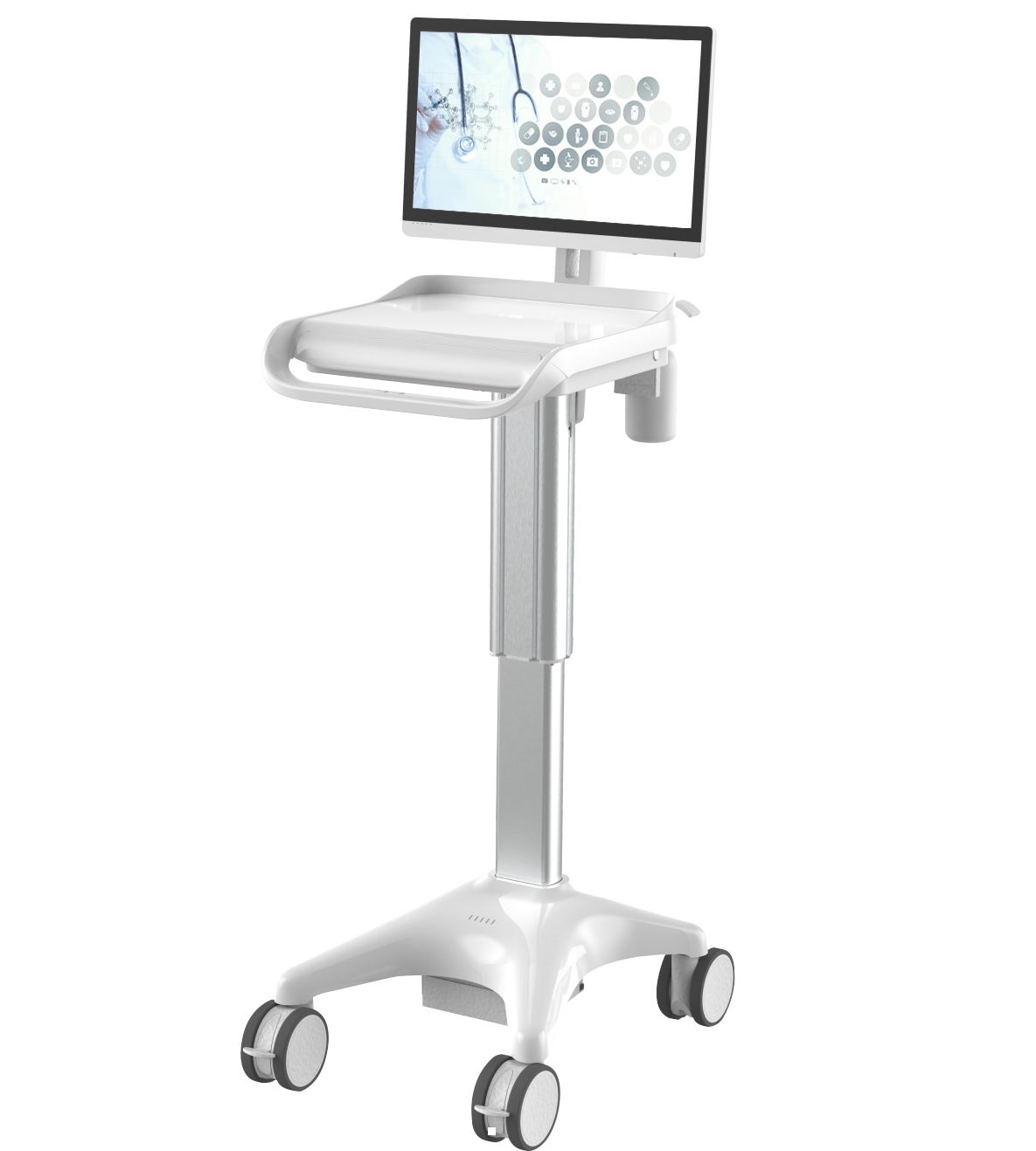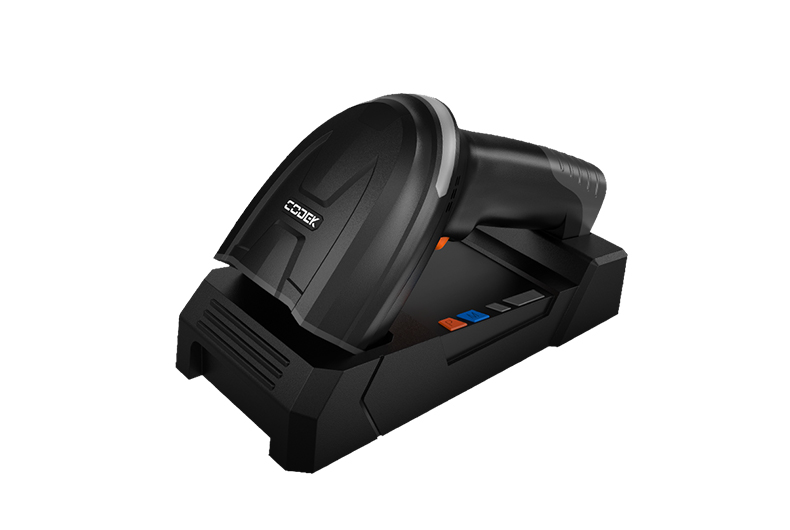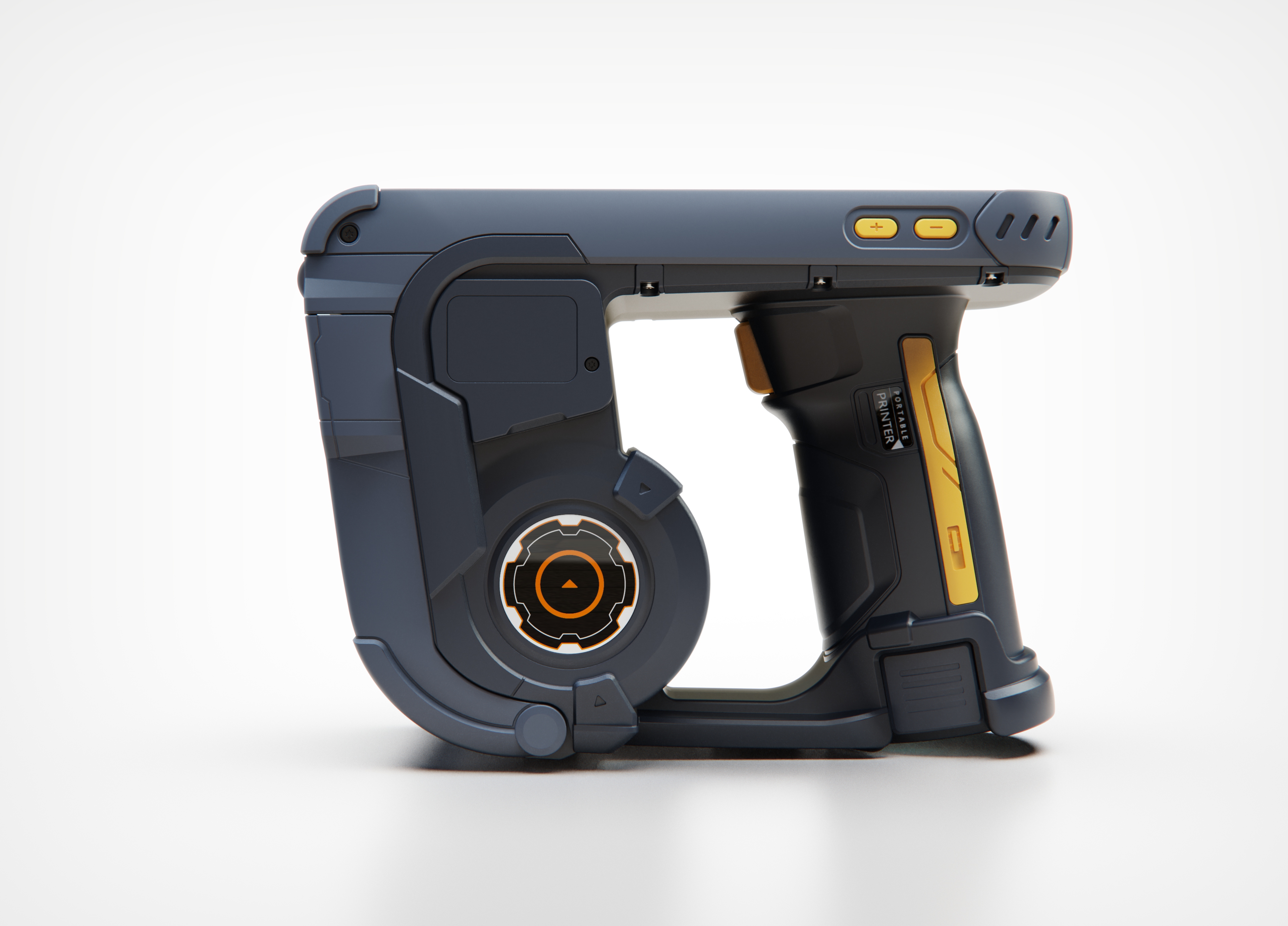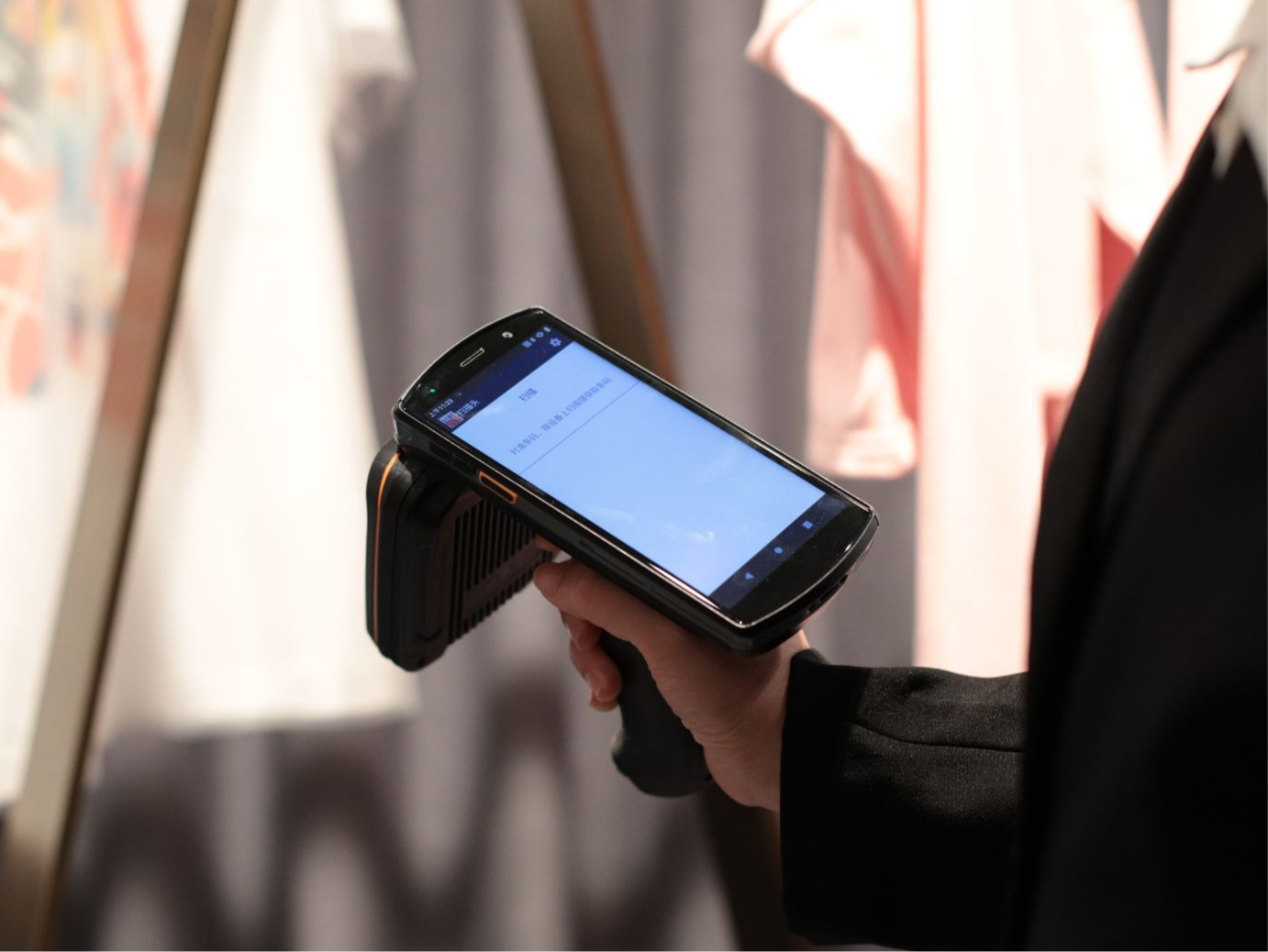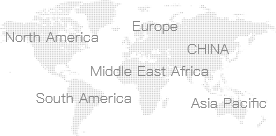Top 5 RFID Myths and Misconceptions
An increasing number of organizations are planning to implement Radio Frequency Identification (RFID) systems to enhance their business competitiveness. The global RFID market is estimated to be worth US$10.7 billion in 2021 and is projected to reach US$17.4 billion by 2026.
RFID is a technology that uses radio waves to transfer data from an electronic tag, called an RFID tag or label, through a reader attached to an object for the purpose of identifying and tracking it.
Because of this application, RFID tags are commonly used in pharmaceuticals, retail, supply chain, enterprise, and other industries. RFID readers are devices used to read information and possibly also write information into RFID tags. RFID readers can provide high-speed tag scanning, even from several meters away.
While there seem to be many practical uses for RFID chips, some people still have concerns with things like the implementation of this technology and the loss of privacy. This article takes a closer look at a few common myths about RFID to put your mind at ease.
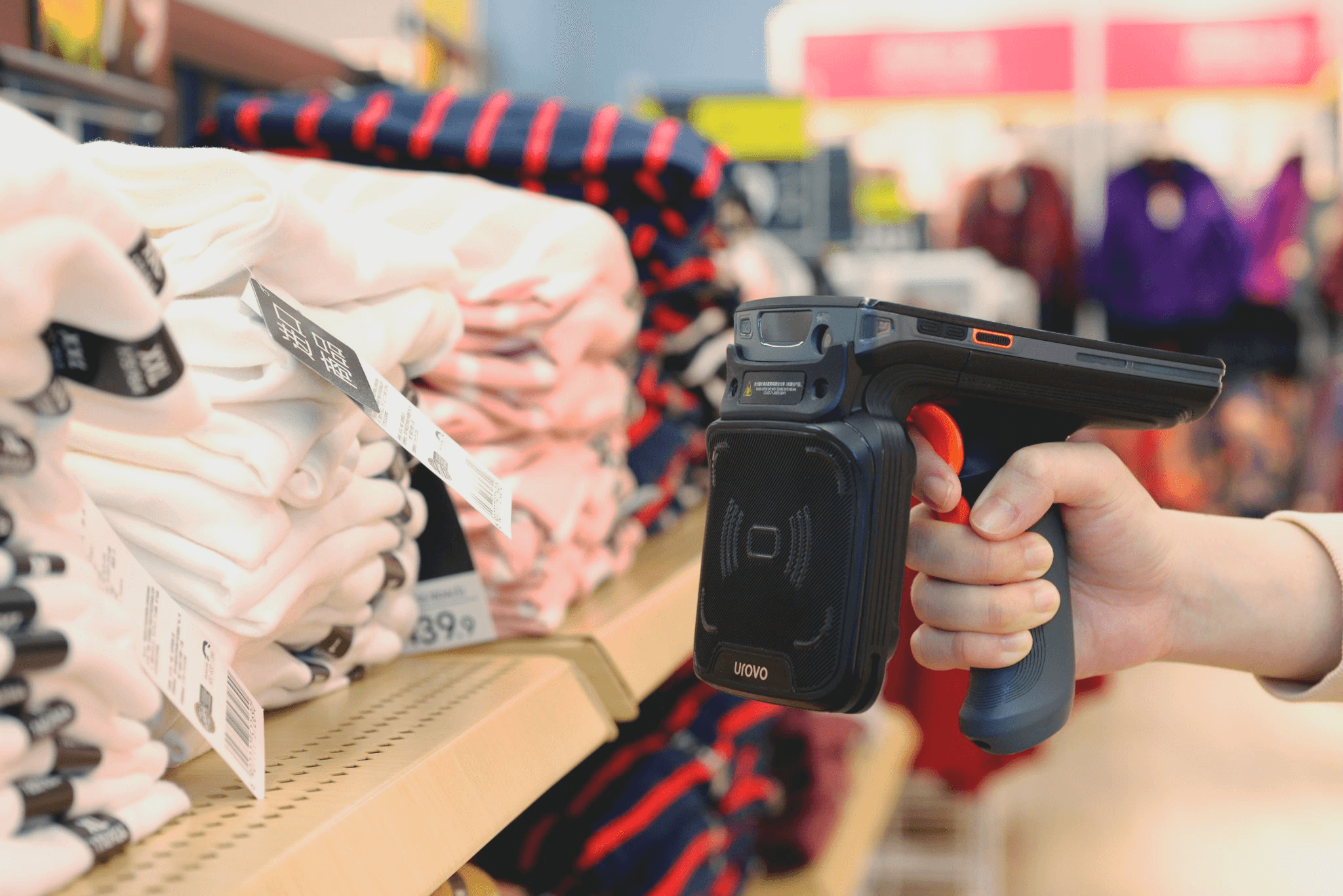
Myth 1: RFID readers are only for big organizations
RFID technology has been developing for more than a decade. So, while it’s true that big companies were among the early adopters, the current cost of RFID tags and infrastructures has changed. Now RFID technology is often the right solution for all enterprises, even smaller businesses with a limited budget.
The benefits of employing RFID technology are many. RFID is the most efficient and accurate way for companies to track, trace, and monitor assets. Organizations of all sizes can benefit from the improved asset visibility and management facilitated by RFID.
Myth 2: RFID readers are used only for inventory management
When considering the value of RFID for a business, inventory management isn’t the only benefit that can be reaped. RFID technology works great for retail and inventory, where high volumes of products need to be moved quickly and have a high loss rate. But RFID tags are also helpful for businesses in a variety of other industries.
RFID can be used for a wide array of applications, including checking items in and out, equipment and asset tracking, tracking medical instruments in hospitals, location of individual files for companies with large paper filing systems, and more.
As long as your company needs help locating higher-value or business-critical assets, you can benefit from adopting RFID into your business operations and inventory management system. Besides inventory accuracy, RFID can help you save millions by making better purchasing decisions, reducing losses, limiting picking mistakes and shipping errors, and more.
Myth 3: RFID readers are a problem for privacy
Some people wonder if RFID tags used to track assets and goods can also be used to track people's movements, resulting in a loss of privacy. This should not be a concern at all.
Companies might use RFID also for employee tracking to limit access to restricted areas. However, an employee’s badge can only be read if it is in the range of their company’s RFID infrastructure. The difference between RFID and GPS is that an RFID badge can’t be read if an employee is off work or outside the company’s RFID network. Plus, the only way someone can “read” RFID tags is if they have both a suitable RFID device and access to the associated database of RFID tag data to understand the meaning of the number they read – and neither the hardware nor database access are readily available.
If you worry about thieves hacking your RFID tags and chips, consider that there are several severe limitations. First of all, hackers should be in the physical range close to your RFID chips, considering that the signal would be too weak when too far away. Hackers should be using RFID card readers and find themselves in close physical range. Additionally, a hacker must be in the same building as the chip since an RFID chip can’t read through walls.
As of right now, there’s not a whole lot to worry about in terms of privacy infringement. RFID is short-ranged, can’t go through walls, and doesn’t hold that much information. So, there’s no reason to believe that RFID technology spells the end of privacy for humans.
Of course, as with all technology that has a real chance at making life easier, there’s always the potential for abuse. RFID technology is evolving, so are many companies’ security measures and privacy protection systems.
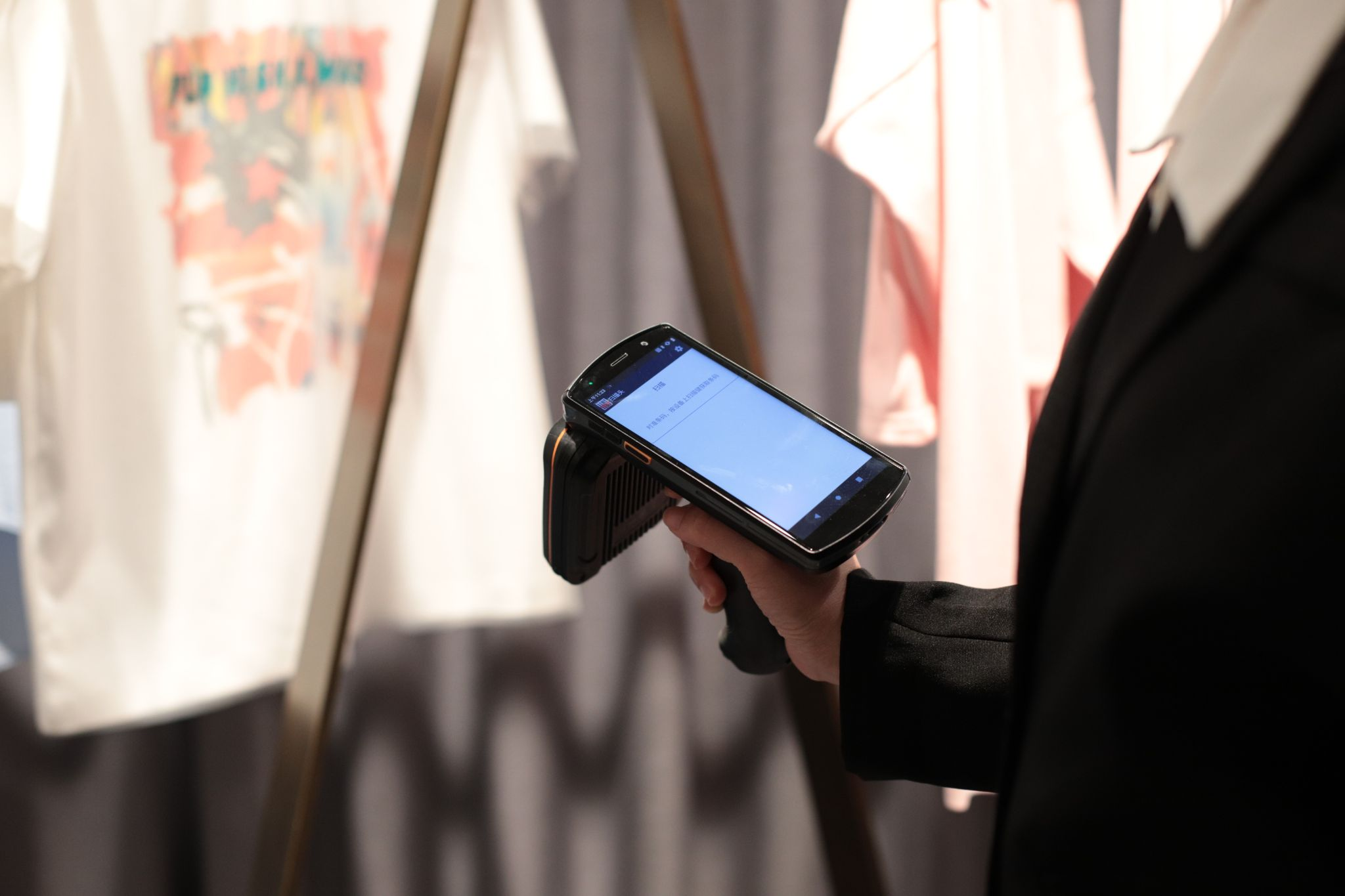
Myth 4: RFID tags will replace barcodes completely
Bar codes work best for manual scanning, while RFID is more helpful in moving and tracking lots of items or devices across several locations. For example, barcoding would require your workers to do too much manual scanning in a large warehouse. On the other hand, RFID technology would be a more efficient way to track and locate assets, resulting in better results and higher ROI for your business.
Besides, barcodes can only hold 10 to 12 characters of information, while a single RFID chip can hold 2KB of data. Not only that, RFID chips can be written and re-written as many times as necessary. This feature makes it useful for data collection solutions so that RFID chips don’t need to be printed and then re-printed every time information is changed.
In other words, RFID and barcoding each have their place, so one isn’t going to replace the other.
Myth 5: Implementing RFID technology is too complicated and expensive
Many businesses assume that moving to an RFID system is a big undertaking filled with challenges. Some implementations can be challenging, especially if a business needs a highly complex, sophisticated, and comprehensive solution on a large scale. But in the vast majority of cases, RFID is relatively easy and manageable to implement.
The key is to start by working with a reliable RFID manufacturer - like Urovo - that will recommend the best solutions for reaching your business goals and improve your workflows without weighing on your employees’ workload.
Once an RFID solution is in place, you should realize that it reduces or eliminates the more labor-intensive, error-prone, and cumbersome manual processes related to inventorying, tracking, tracing, and monitoring assets. Depending on the implementation, these processes may become mostly or fully automated, which will make them far faster and more accurate than they are today.
So, the benefits of RFID solutions significantly outweigh the cost to implement the technology, and in many ways, can help save costs and increase revenue opportunities.
Why is RFID technology important?
A wide range of industries can benefit from using RFID technology: healthcare, retail, manufacturing, distribution, food and beverage, and many more. RFID technology can be used in many scenarios, including supply chain visibility, inventory management, asset and equipment tracking, theft prevention, and personnel tracking.
Essentially, RFID technology provides companies with an improved way to keep track of important things, whether it be a piece of equipment, a personnel ID tag, or others.
RFID readers are handy for looking for a specific item in a large warehouse with a lot of inventory. However, as we’ve discussed earlier, RFID technology is not only deployed in warehouses and distribution centers. It is also a popular solution in hospitals and retail stores alike.
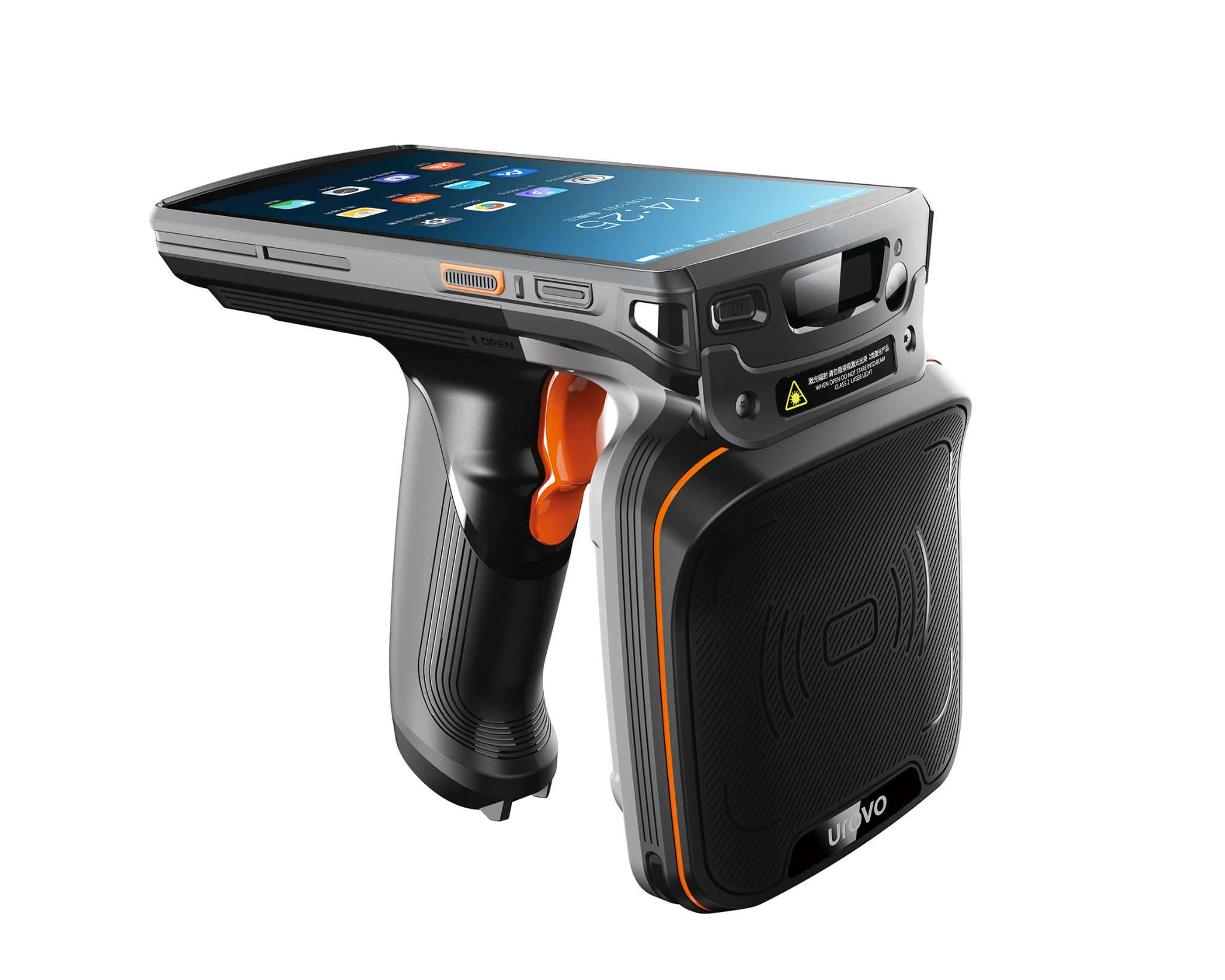
How can Urovo help?
With all this being said, you can use RFID to solve most asset tracking and inventory problems, especially if you work with an experienced RFID technology partner who can help you select the right system for your needs.
We at Urovo have over 15 years of experience in helping businesses worldwide strive for higher productivity, efficiency, and ROI. We offer RFID solutions for your business, too.
The Urovo DT50 UHF is an outstanding smart handheld RFID reader with internal 5dBi high sensitivity and an RFID antenna that can quickly read many RFID labels within 20m. Your employees can use it for 2h continuous code scanning, thanks to its low-power consumption and long-lasting endurance features. It’s not only about endurance: its comfortable, anti-skid, and anti-fatigue grip is designed for allowing your team to not feel tired even after long-term use.
It is equipped with an international professional code scanning module that can quickly read even 1D/2D/distorted/stained/old barcodes. With its self-adaptive interference cancellation (SIC) technology, this long-range RFID reader can deal with complex environments with metal interference to read high-density labels even despite the shielding or superimposition of blind spots. As an IP65 dustproof and waterproof handheld RFID scanner, the Urovo is designed to last and excel even in harsh environments, including working temperatures of -20~+60°C.
The Urovo DT50 UHF Handheld RFID Reader is currently employed in various industries, including clothing wholesale, jewelry management, retail inventory, asset inventory, warehouse management, and more.
What’s Next
More and more businesses are considering investing in RFID technology to help automate their inventory, data capture, and tracking processes. However, despite the proven value it adds to organizations, there is no shortage of questions and misunderstandings around the full capabilities of RFID.
We hope this article helped dispel some of the most common RFID myths that stand in the way of many companies improving their efficiency and lowering costs through RFID adoption.
Contact us today to unleash the potential that this technology has in store for your business.


